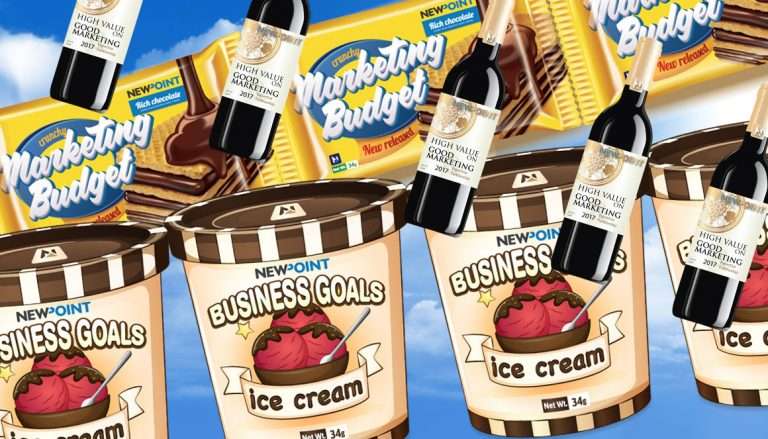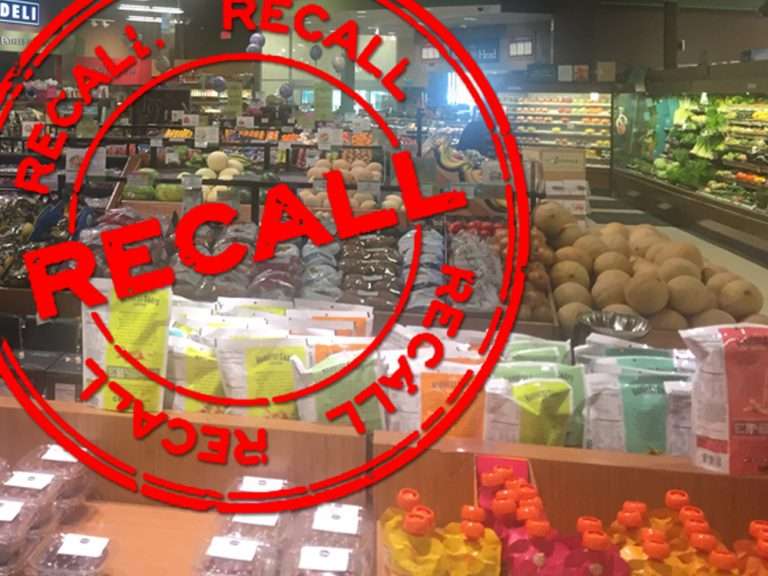Feb 11, 2021
Inbound and Outbound Marketing—Why your marketing strategy should include both
Inbound and Outbound Marketing
First, you’ll need to understand the difference between inbound and outbound marketing.
In a nutshell, outbound marketing is when you advertise to consumers without knowing if they are a qualified lead, or if they are interested in your product or service.
Inbound marketing is a strategy that focuses on creating content that spreads brand awareness and gives consumers ample opportunity to learn about your brand using a non-invasive approach. Hubspot has a great article that dives deeper into this topic if you’re interested.
Think of it this way: Inbound marketing helps you find new customers, while Outbound marketing helps new customers find you.
So, which strategy is best? We’ll take a page out of the Ole El Paso book and beg the question: “Por que no los dos?”
Your marketing strategy, ideally, should include both inbound and outbound tactics. Let’s look at some of these tactics on different platforms:
Google Ads—Inbound Marketing
- Google’s search function allows you to bid on keywords consumers are already searching for and suggest your website in the sponsored section of the search results. Here are a few reasons to consider using Google Search Ads:
- Can help you to rank with your competition
- Great for converting customers who are showing intent to buy, or in the consideration stage of their shopper journey
- Pay-Per-Click pricing

Google Ads—Outbound Marketing
- These are the ads that seem to “follow you” around on the internet. Have you ever visited a website on Monday, only to see an advertisement for that product page on Wednesday while on a completely different website? That is google display targeting. Here are some reasons to consider using Google Display ads:
- Best used to grow brand awareness
- Great for visually-appealing products
- Ads will be displayed across different websitesthat users are browsing across the web.
- Reaches 90% of all internet users
- Targeting options available, such as specific sites selected by the advertiser, or website groupings based on audience characteristics.
Social Media Ads—Outbound Marketing
We’re going to focus specifically on Facebook in this blog, since it is the front-runner of social media ads. Similar to Google Display Ads, Facebook Ads helps users to find businesses based on their online habits. Here are some reasons to consider Facebook Ads:
![]()
- Facebook collects tons of personal data on its users, which allows very granular targeting for their advertisers.
- Reaches 60% of all internet users (69% of US adults) source: Pew Research Center, 2019
- Because of this granular targeting, you’re able to stretch your budget further.
- Drawback compared to Google Display ads: These ads only appear on the Facebook and Instagram platforms, not other websites, like the Google ads do.
Social Media Organic—Inbound Marketing
Social media ADS are inherently outbound. You’re pushing sales content to an audience (although targeted) to an audience that may or may not be interested. HOWEVER, your social media CONTENT can be inbound. Inbound content educates consumers in a non-salesy way, or provides helpful information related to a problem that your product may solve, without actively selling your product or service. This strategy helps to build a relationship with your consumers before they are even buyers so that when they DO decide that they are in the market for your product or service, you are not only top of mind, but seen as a trusted source.
Blogging consistently is a great inbound strategy, especially when paired with Google’s search ads.
In short, your marketing strategy should be using a combination of both inbound and outbound tactics to get the most of your marketing efforts and reach consumers at all stages of the shopper journey, regardless of which platforms you’re using to achieve your goals.
If you have any questions about how to build your inbound or outbound marketing strategy, please reach out to the NewPoint team. If you are interested in more food brand marketing topics, please visit our Food for Thought page or check out NewPoint’s Patrick Nycz’s book: Moving Your Brand Up the Food Chain.





